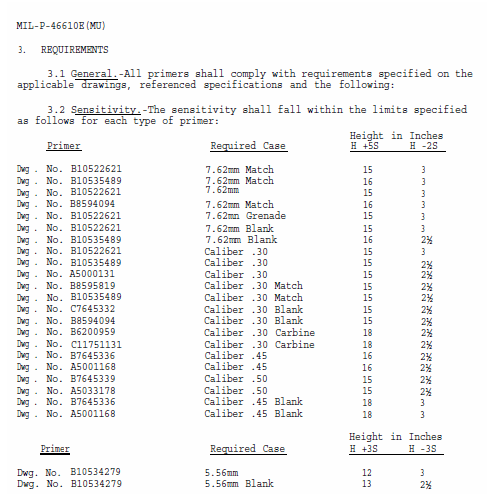Rangerrich99
New member
Title pretty much says it. I'm planning on switching from Fed brass to LC this year, so from .223 rem to 5.56 NATO brass. This is in regard to my varmint load, just because I have a lot more LC brass than anything else. All other variables being equal, should I expect any change in the performance/accuracy of my loads?
In case we need the parameters:
Bullet: Nosler 60 gr. ballistic tip boat tail
Primer: CCI no. 41
Powder: 23.3 gr. IMR 8208 XBR
Current loads deliver 5-shot groups just under an inch at 200 yds. Is it likely that just by switching to LC brass, that accuracy or performance could suffer in any way?
Thanks in advance for your replies.
In case we need the parameters:
Bullet: Nosler 60 gr. ballistic tip boat tail
Primer: CCI no. 41
Powder: 23.3 gr. IMR 8208 XBR
Current loads deliver 5-shot groups just under an inch at 200 yds. Is it likely that just by switching to LC brass, that accuracy or performance could suffer in any way?
Thanks in advance for your replies.

